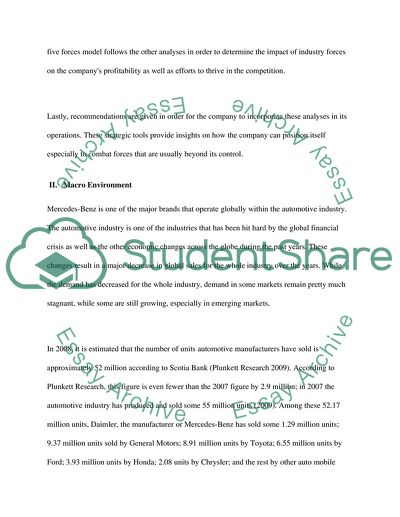Cite this document
(Mercedes-Benz Company and Its Macro Environment Brings Research Paper, n.d.)
Mercedes-Benz Company and Its Macro Environment Brings Research Paper. Retrieved from https://studentshare.org/environmental-studies/1722670-strategic-management-bpc
Mercedes-Benz Company and Its Macro Environment Brings Research Paper. Retrieved from https://studentshare.org/environmental-studies/1722670-strategic-management-bpc
(Mercedes-Benz Company and Its Macro Environment Brings Research Paper)
Mercedes-Benz Company and Its Macro Environment Brings Research Paper. https://studentshare.org/environmental-studies/1722670-strategic-management-bpc.
Mercedes-Benz Company and Its Macro Environment Brings Research Paper. https://studentshare.org/environmental-studies/1722670-strategic-management-bpc.
“Mercedes-Benz Company and Its Macro Environment Brings Research Paper”, n.d. https://studentshare.org/environmental-studies/1722670-strategic-management-bpc.


